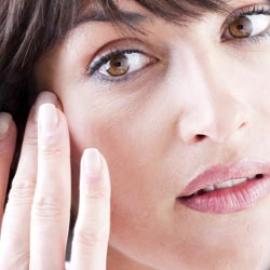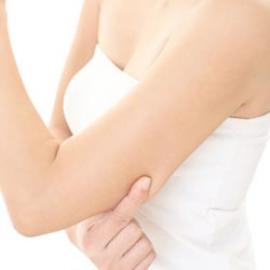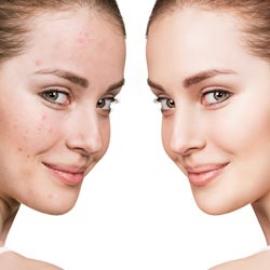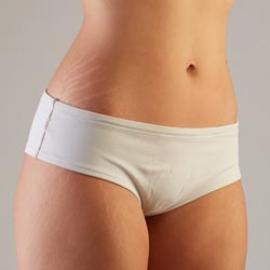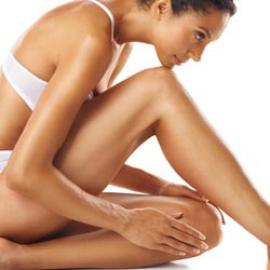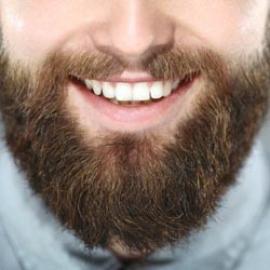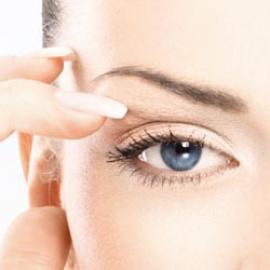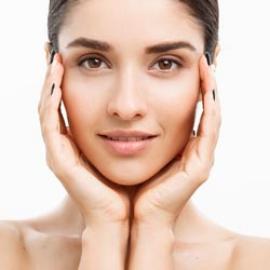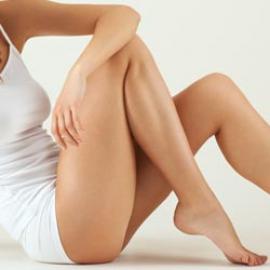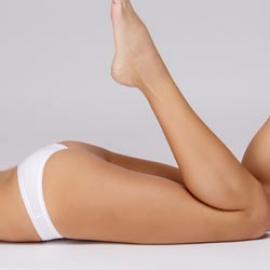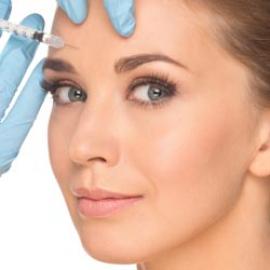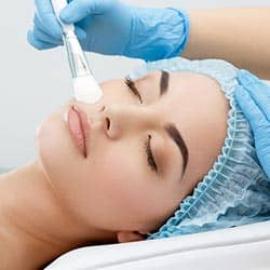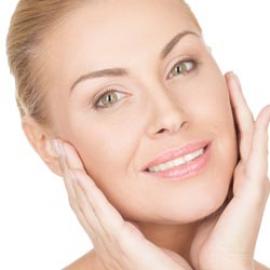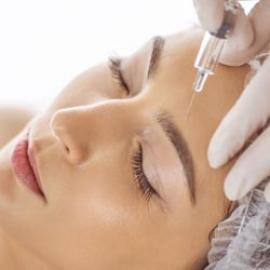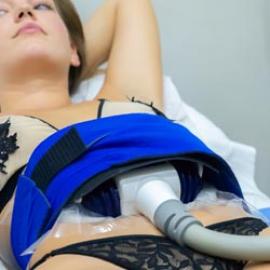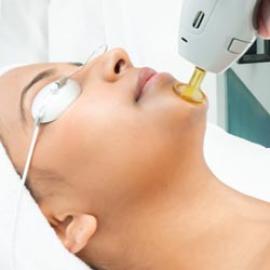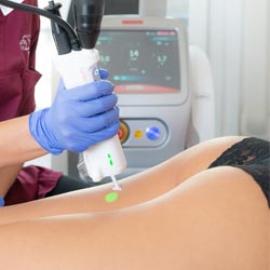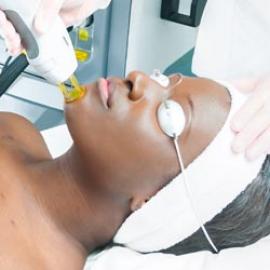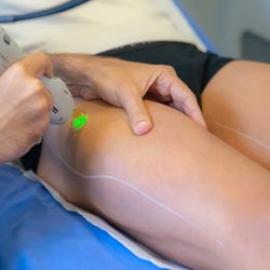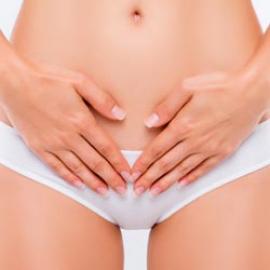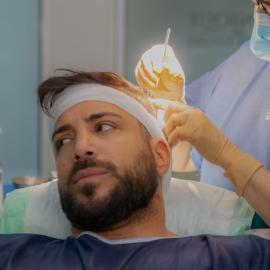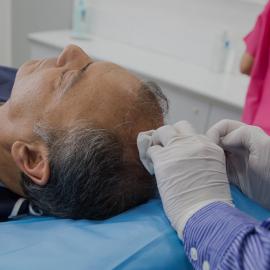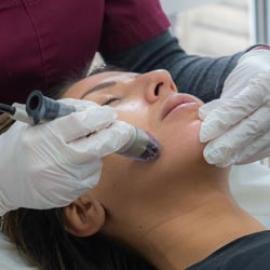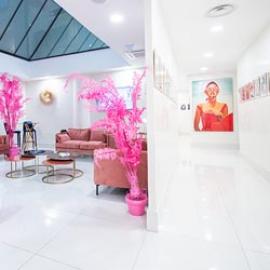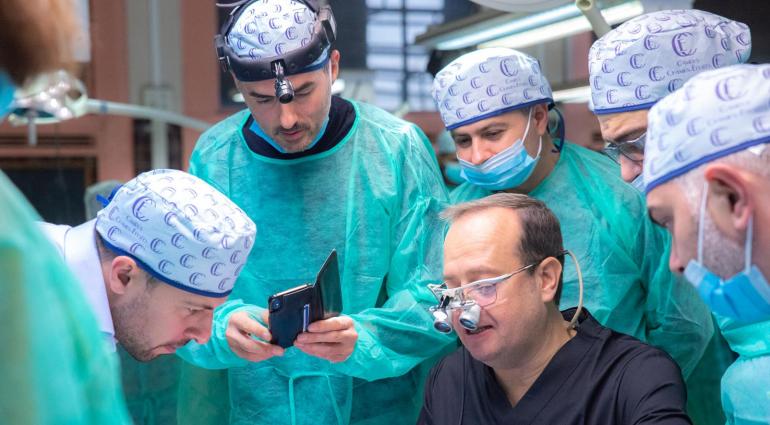
Some marks occur from birth. These marks, named as café au lait spots because of their ochre or light brown colour, are common among children. Even though they do not pose a risk to your health, they can be a source of hang-ups because of how they look.
Café au lait spots: what are they?
Many children, at birth or from the age of two, have flat, oval marks on their skin. These marks, known as café au lait spots due to their ochre or light brown colour, frequently occur in isolation.
Located mostly on the lower back, chest, lower and upper limbs, they are less than 1.5 cm in diameter. Spots can change and develop as the child develops, especially during puberty. In adulthood, most coffee-au-lait spots merge with natural skin pigmentation and become less noticeable.
It is important to remember that these marks do not pose any health risks if they are less than three and their color does not get darker over time.
Some people are finding these marks unflattering. There are cosmetic medical procedures that can be used to erase cafe au lait spots.
Café au lait spots: what are the causes?
Melanin is the pigment that gives color to the skin. The lighter the skin, the lower the melanin content. Cafe au lait spots are induced when too much melanin is created in the skin. This pigment is formed by a cell in the epidermis: the melanocyte.
These marks are often seen as ugly and, if they are placed in the wrong place, can be a source of insecurity. Cosmetic medicine provides effective treatment solutions for these marks.
Many of these spots do not cause any health risks. However, in certain rarer situations, if the size of the mark increases or if the number increases to more than three, they can pose a health danger. These disorders are called neurofibromatosis. Café au lait spots can be a symptom of a tumour along the nerves. You are recommended to contact a specialist physician to monitor the development of your café au lait spots.
Café au lait spots: what treatments are available?
You can get rid of cafe au lait spots thanks to cosmetics.
The technique used for this is skin depigmentation. Just as the café au lait spot is induced by hyperpigmentation of the skin, the destruction of the extra melanin allows the skin to return to its natural color. Dermatologists are using a laser or pulsed light to do this.
The pigment of the skin absorbs light rays. When it comes into contact with melanin in the skin, the laser is converted into heat and burns. The pigment is burned and eliminated.
This radical, non-invasive approach must be used with caution. The dermatologist should evaluate the areas to be treated before the laser session. They will evaluate the patient's skin pigmentation and the extent of the mark. The laser will then be calibrated to the patient's phototype to minimize any chance of burns and to ensure a good result.
In rare cases where cafe au lait spots are very dense, laser therapy should not be used, to prevent any complications.


